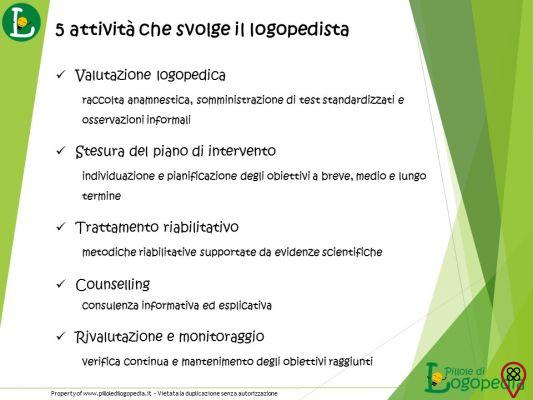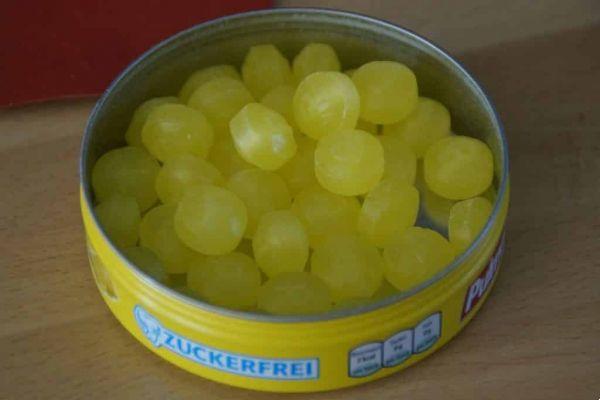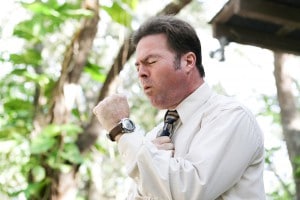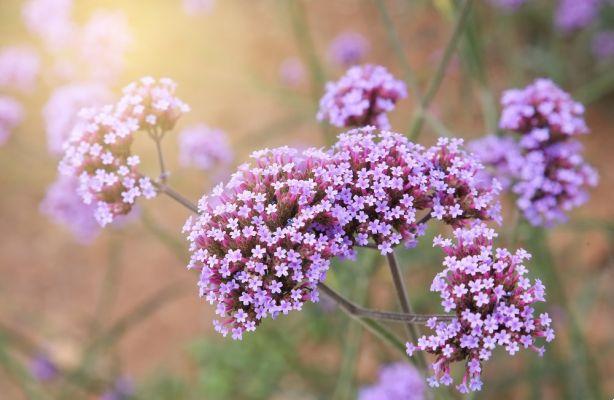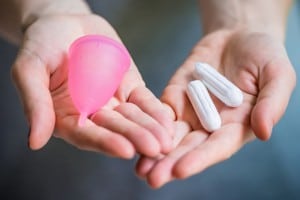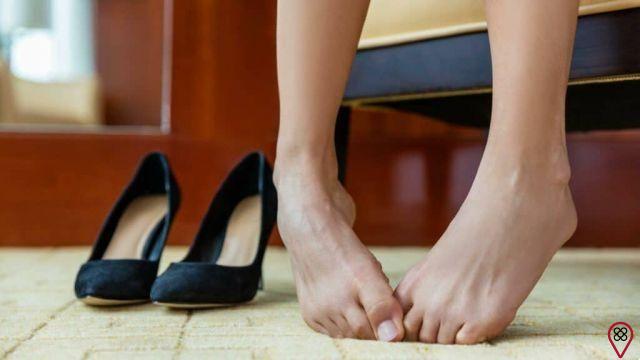This is a very popular topic. In the morning, in the afternoon and at night. In TV news, print media, radio and internet. In elevators, public transport and offices. It only gives Aedes Aegypti, the mosquito that transmits dengue. But the disease is also transmitted by the Aedes albopictus mosquito. The mosquito is native to Egypt.
Aedes Aegypti is less than a centimeter. It is black or coffee-colored and has white stripes on the body. Mosquitoes can attack in the shade. There are signs that they sting at night. The one who bites is the female. The transmission cycle is human-Aedes/aegypti-human. She leaves the virus in her saliva and relays it. Nobody gets dengue through the air or through contact with an infected person.
Timeline
It is not today that España faces a dengue epidemic. In 1846, São Paulo and Rio de Janeiro faced outbreaks. There are records from 1865 in Recife. The 1872 epidemic in Salvador with 2000 dead. In the early 20th century, Aedes aegypti was a problem, but because of yellow fever. And, 1955 the mosquito was eradicated, however, in 1960 the combat policies were neglected and the mosquito returned to active.
Symptoms
Symptoms start after the incubation time. Incubation is the period between the bite and the onset of the disease. Symptoms appear three days after the bite. See what the symptoms are:
classic dengue
- sudden high fever
- Strong headache
- Measles-like spots and rash on the chest and arms
- Loss of taste and appetite
- Pain behind the eyes
- Tiredness
- Bone and joint pain
- Dizziness
- Nausea and vomiting
hemorrhagic dengue
The first epidemic of dengue hemorrhagic fever in the Americas was in Cuba. Until the year 2000 this type was rare in Spain. Symptoms are the same as common dengue. If untreated, dengue hemorrhagic fever kills within 24 hours. The Ministry of Health estimates that 5% of patients die. Check out the differences:
- Bleeding from the nose, mouth and gums
- Red spots on the skin
- Difficulty breathing
- Pale, cold and clammy skin
- Severe and continuous abdominal pain
- persistent vomiting
- Dry mouth and excessive thirst
- Somnolence
- Fast and weak pulse
- Agitation and mental confusion
- Loss of consciousness
Diagnosis
The diagnosis is made from the fourth day of infection. First, a clinical examination is carried out to rule out suspicions of other diseases. The hematocrit (test that counts red blood cells) and platelet count are done after the clinical examination. However, the result may be affected by other diseases. Only serology, a test that identifies the presence of antibodies, is able to confirm dengue.
Dengue hemorrhagic fever can be identified in three ways. Loop test, red blood cell count and platelet count. The loop test is done in the office, the doctor holds the arm circulation using a rubber. Skin with red dots is a strong indication. The other tests are done by means of blood collection in the laboratory.
Treatment
- DO NOT use acetyl salicylic acid based medicines. The anticoagulant effect stimulates bleeding.
- Antipyretics prescribed by the doctor.
- Rest and fluid intake (water, natural juices and tea).
Signs of improvement occur four days after the first symptoms, which last up to ten days.
Risk areas
The city hall of São Paulo made a map of dengue. The material was produced in 2012. The map follows three parameters:
- Number of inhabitants: the more people, the greater the chances of contamination.
- Temperature: the warmer, the faster the mosquito reproduces.
- Irregular waste disposal: vacant lots and other irregular disposal points.
The risk ratings are: very low, low, medium, high and very high. The map points out the central and eastern zones with high and very high risk. The neighborhoods of Cachoeirinha and Freguesia do Ó (north zone) are very dangerous places. Check out the subprefectures with the highest number of cases:
|
Transmitters like clean water. We create perfect scenarios for them. Potted dishes are one of the breeding grounds. The water crisis also collaborated. Uncapped water tanks and vats attract mosquitoes. Garbage on the street is another problem. Plastic cups and tires are breeding grounds. Stalled public works accumulate water. Danger is everywhere. The city of São Paulo estimates that 42 of the 96 neighborhoods in São Paulo are at high or very high risk of epidemics. This could be the worst outbreak in history, with 250 sick. Dengue is all over Spain. Prevention is the best medicine. Still don't know how to prevent? People explain.
- Put sand in the potted plants.
- Change the water in the aquatic plant pots weekly and wash it with a brush.
- Bottles always upside down.
- Keep the water tank and storage containers covered at all times.
- Remove branches, leaves, stones and anything that blocks the gutters.
- Remove rainwater from the slab.
- Clean the inside of water storage containers weekly with a brush.
- Store tires in a covered area or deliver them to collection points.
- Never throw garbage in vacant lots. Tie the garbage bags tightly and leave the trash can always closed.
Eliminate Aedes Aegypti breeding sites and use repellents. These are the weapons against dengue. Eliminating mosquito outbreaks is easy. But finding the repellents… The demand has increased so much that there is a waiting list in pharmacies. The one with Icaridin is the hardest to find. He is considered the best. The action time is twelve hours. A suspicion hangs over DEET (the most popular). Leonardo Abrucio Neto, dermatologist at Hospital Beneficência Portuguesa, says that the dengue mosquito can create immunity to the substance. Abrucio confirms the effectiveness of DEET for other mosquito species and also for fleas. The action time is four hours.
Can babies use repellents? Yes, but based on IR 3535. With an action time of up to four hours, this is recommended for babies over six months. Always consult your pediatrician before applying repellents. The product is prohibited in children under six months. Using a mosquito net is ideal.
Natural methods against Aedes Aegypti
There are not few. Food and herbs help in this fight. Want to know what the natural methods are? Paper and pen in hand.
Foods with vitamin B1
- cereal flakes
- Brazil Nuts, Peanuts and Sunflower Seeds
- Wheat germ and brewer's yeast
- Cooked pork loin, ham and roasted pork.
Essencial oils
Application every three or four hours. The most common are citronella, andiroba and copaiba. Here's how to use them:
 Citronella oil: mix with almond, grape or chamomile oil and apply to the skin. Reapply after sweating and leaving the beach or pool. You can still put six or eight drops in the bathtub.
Citronella oil: mix with almond, grape or chamomile oil and apply to the skin. Reapply after sweating and leaving the beach or pool. You can still put six or eight drops in the bathtub.- Andiroba oil: apply to the skin until completely absorbed. Reapply after sweating and leaving the beach or pool.
- Copaiba oil: mix six drops of the oil and two tablespoons of calendula oil. Apply directly to the skin. Reapply after sweating and leaving the beach or pool.
homemade repellents
There are several recipes. Let's teach two. One with citronella and lemongrass. First, you need to make the lemongrass tincture. The other is with cloves.
lemongrass tincture
How to do it? Leave the lemongrass and alcohol in the capped bottle for 15 days. Store the container in a dark place. Shake the bottle every day. Filter the dye with the cloth. Repellent
How to do it? Mix the ingredients until smooth. Put in bottles for body moisturizer. Apply directly to the skin. Use every three or four hours. Reapply after sweating and leaving the beach or pool. Clove and alcohol
How to do it? Place the alcohol and cloves in a capped jar. Leave the bottle in a dark place for four days. Shake the container morning and night. Strain, add the oil and shake well. Pour the mixture into a spray bottle. Apply directly to the skin. Reapply after sweating and leaving the beach or pool. |
Candles
They illuminate and decorate. Some can repel the mosquito. Citronella is very popular. You can do it at home. Check out the materials and method of preparing citronella, andiroba and copaiba candles:
citronella candle
How to do it?
|
|
andiroba candle 1 Option:
How to do it?
2 Option:
How to do it?
|
Natural method is not lacking. But, they do not replace hygiene measures. They also do not replace the treatment prescribed by the doctor.
- Written by Sumaia Santana from the Eu Sem Fronteiras Team.



